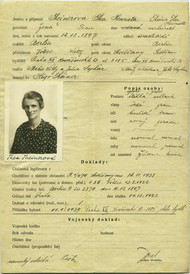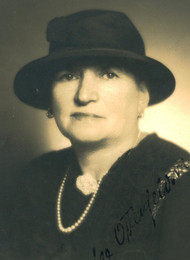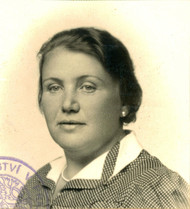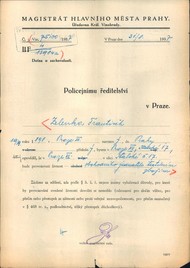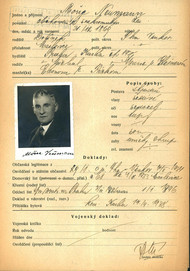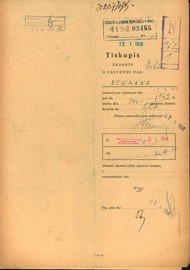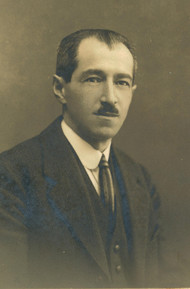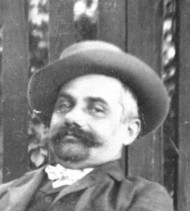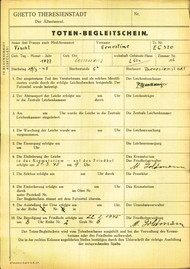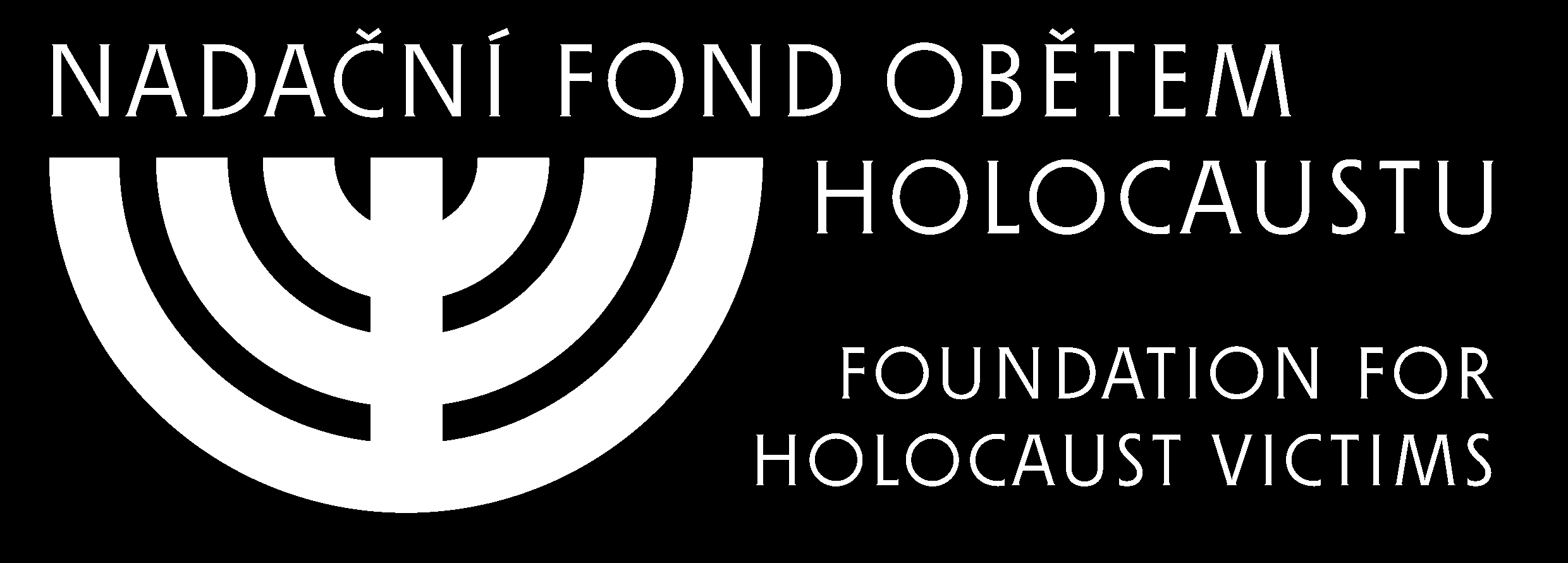Next to the Jews, the Nazis also persecuted Roma and Sinti, whom they categorized as “racial gypsies and gypsy half-breeds” on basis of their racial ideology. In both cases, the persecution was based on prejudices held by people all over Europe that had been maintained and nurtured for centuries. For most Europeans, anti-Semitism and anti-Gypsyism were integral parts of their general view of the world. For many Europeans, this is still true today.
The persecution of Roma and Sinti in the Protectorate of Bohemia and Moravia (below just “Protectorate”) built upon the practices of the first Czechoslovak Republic and was gradually transformed into the openly racist policy the Nazis pursued also elsewhere. People officially labelled as “gypsies” were discriminated by restrictive laws and regulations, mostly adopted from the Reich, which were put into practice by officials and police officers. An important part of the persecution was the forced concentration of people labeled “gypsies and gypsy half-breeds”, in special concentration camps officially called “gypsy camps”. The subsequent mass murder of those considered “racial gypsies and gypsy half-breeds” took place in the “Gypsy camp” in Auschwitz-Birkenau and was almost completed in other concentration camps and their branches, or on death marches from those camps shortly before the end of WWII.
Behind this austere summary hides a long and complex process of persecution, torture and murder of individual people – innocent
victims, but also the decisions and actions of individual perpetrators, who participated in these events by initiating them,
deciding on them, implementing them, agreeing with them or just silently watching bystanders. This text aims to describe the
development of the policy of persecution of people described as “gypsies” during the Protectorate and thus to contribute to
the understanding of the general principles of human behavior leading to genocide.
An extended version of the text, including all sources, is available here.
Next chapter: Defining victims



